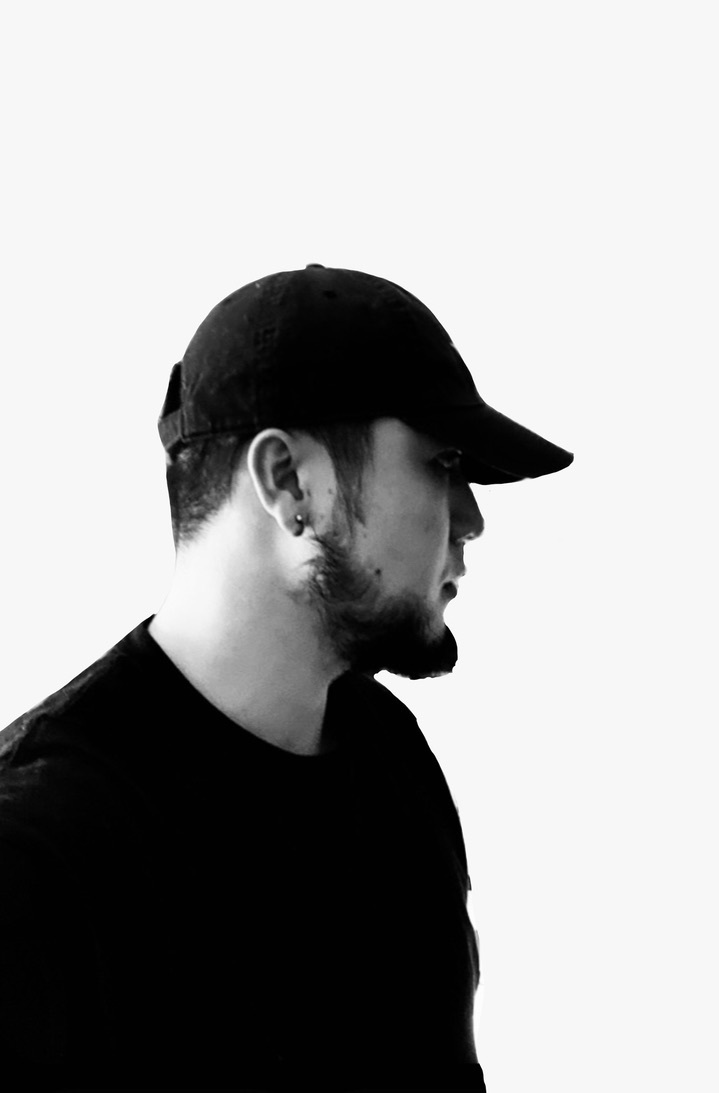
s̯̆ 鈴木 達朗(Tatsuro Suzuki)
1991年生まれ。
グラフィティ、刺青、ストリートカルチャーを起点に、
作品の基盤には「全てを見せない美学」がある。
人間の本能に触れる「不快」と「快楽」を同時に喚起し、
統合失調症の体験から生まれた「記憶の揺らぎ」や「残像」
不気味さと華美さが交錯するその表現は、静寂と不穏、
鈴木の作品は、単なる視覚的快楽を超え、「
⸻

Tatsuro Suzuki (s̯̆)
Born in 1991.Japan
Starting from graffiti, tattoos, and street culture, Suzuki explores the intersection between the eerie and the ornamental—between the physical body and the human psyche.
At the core of his work lies an “aesthetics of concealment.”
Motifs covered in transparent vinyl or tracing paper drift along the boundary between visibility and invisibility, transforming into unsettling yet seductive presences.
His works simultaneously evoke discomfort and pleasure, touching upon human instinct. By incorporating adult imagery, veins beneath the skin, and fragments of raw flesh, he sharply exposes the tensions between life and death, desire and fear.
Themes of “memory distortion” and “afterimage,” born from his own experience with schizophrenia, traverse both visual art and contemporary poetry—creating a distinctive artistic language where words and images collide.
Suzuki’s expression, where eeriness and opulence intertwine, oscillates between silence and unease, pleasure and pain—provoking deep reflection in the viewer.
His works transcend mere visual allure, opening a new horizon of art as “something beautiful in its eeriness.”
My dream is to one day provide artwork for Supreme.

このページはWepageで作成されています。今すぐ無料でホームページを作ってみませんか?
Wepageは、HTMLの知識がなくても、誰でも簡単にホームページを作成できます。詳しくはこちら